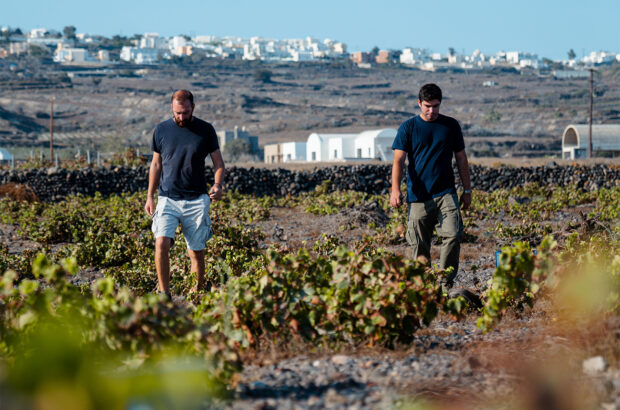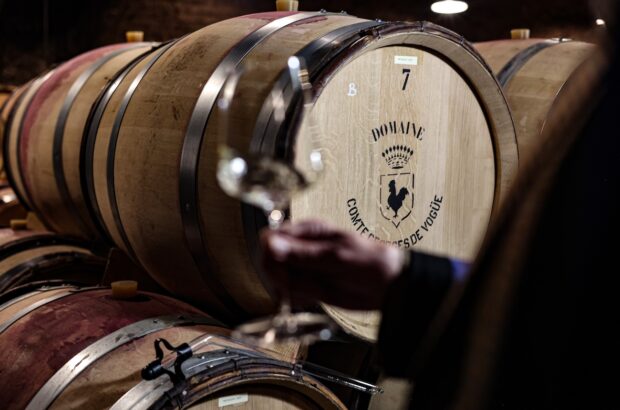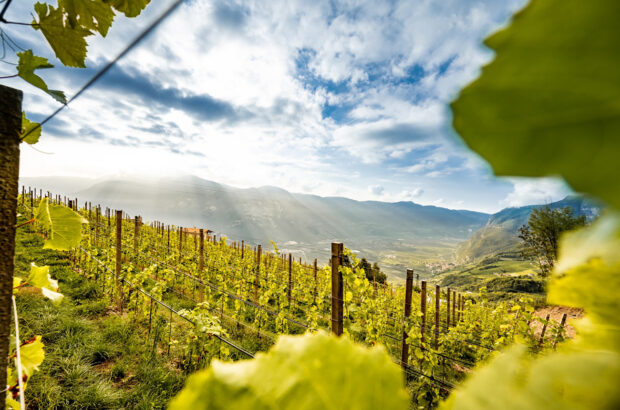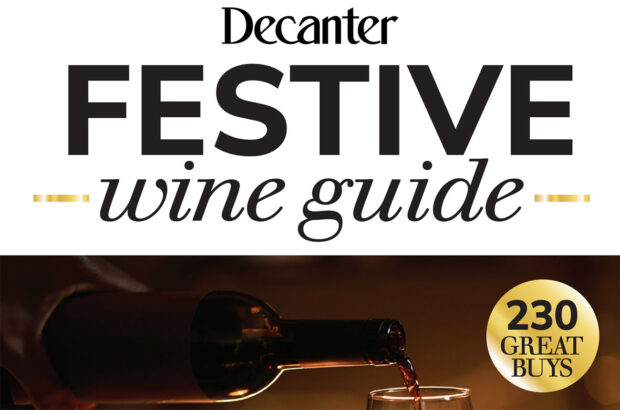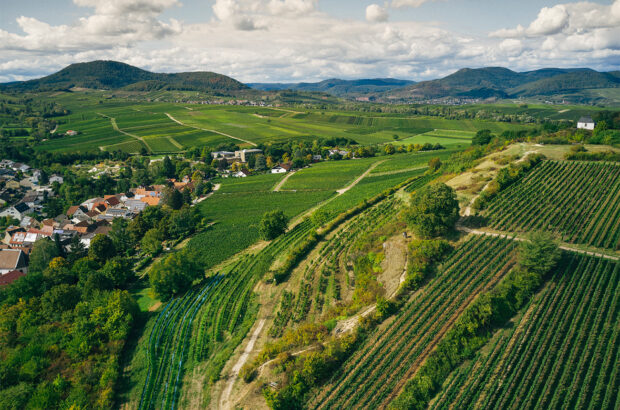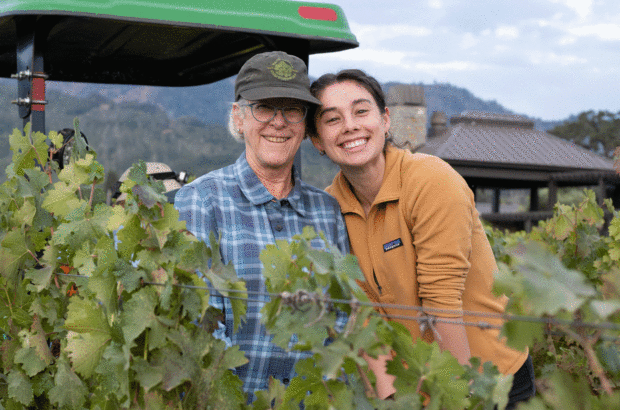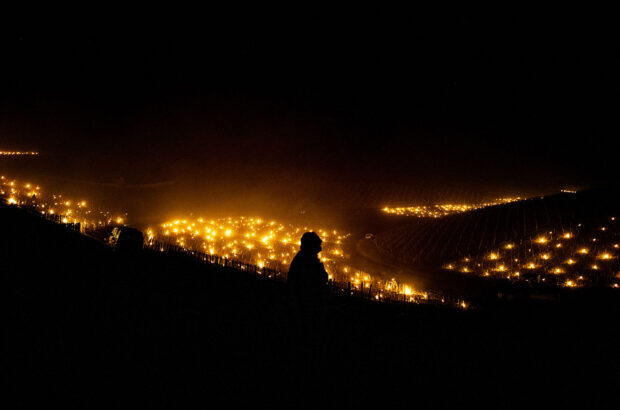Steve Hoffman’s A Season for That: Lost and Found in the Other Southern France (£25 Crown, July 2024) is one such book – following the American and his family as they try to settle into life in Faugères. Their Occitan adventure is only tangentially about wine, but it’s packed with the scents and flavours of the rural Languedoc. Your mouth will water at the thought of fresh oysters, wild rabbit and perfectly ripe apricots. You’ll smell the garrigue and feel the heat of the sun beating down on the dusty earth.
At points, this memoir flirts with the saccharine, but it’s easy to ignore these moments and embrace the characterful cast and give yourself over to your investment in the family’s success. Above all, this book is a tale of belonging – not just finding your place in a foreign land, but finding yourself, too.
An older memoir from Ferenc Máté shares A Season for That’s vivid escapism. The Hills of Tuscany: A New Life in an Old Land (WW Norton & Co, 1998) might be more than 25 years old, yet it still rings true. As with Hoffman’s transportive read, Máté’s book plunges you into rural life. With more farce – courtesy both of the period (pre-widespread wifi and iPhones) and Italian fervour – you’re immersed in a culture that revolves around the dining table. And perhaps that is, in part, what’s so appealing about both of these books: the vision they provide of a place where multi-generational mealtimes, a slower pace, foraging and local farm-to-table feasting are the norm. It’s a far cry from modern city life.

Much closer to home, Christopher Cooke’s Ancient Land Pastures New: The Creation of a Small English Vineyard (£17.50 West Berks Press, September 2024) offers insight into what it’s really like to launch yourself into the world of wine production. The book is self-published, and there’s no doubt it would have benefited from an editor and better photography and design, but there’s plenty of charm here. Straightforward in style, it’s an easy read that will prove enlightening for curious wine enthusiasts, offering a behind-the-scenes look at the world of wine in all its practical glory.

All three titles offer a satisfying taste of the path not (yet) taken.
Vine-inspired art

Better known for his sunflowers, tragic self-portraits and Starry Night, Vincent Van Gogh spent much of his life painting in the heart of southern French wine country, in Provence. In a recent exhibition at the National Gallery in London, I saw The Green Vineyard (normally found at Kröller-Müller Museum in Otterlo, The Netherlands) – its sprawling bush vines laden with grapes as the harvest gets underway. Around the time he painted it in October 1888, he wrote to his brother, saying ‘the grapes are magnificent this year’, noting that the bunches weighed more than a kilo. (His other vineyard painting, The Red Vineyard, was the only work he sold during his lifetime, for just 400 francs.)




